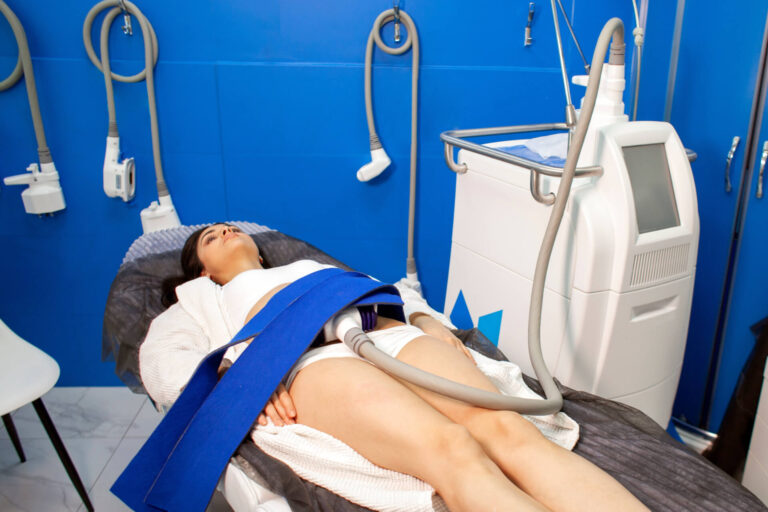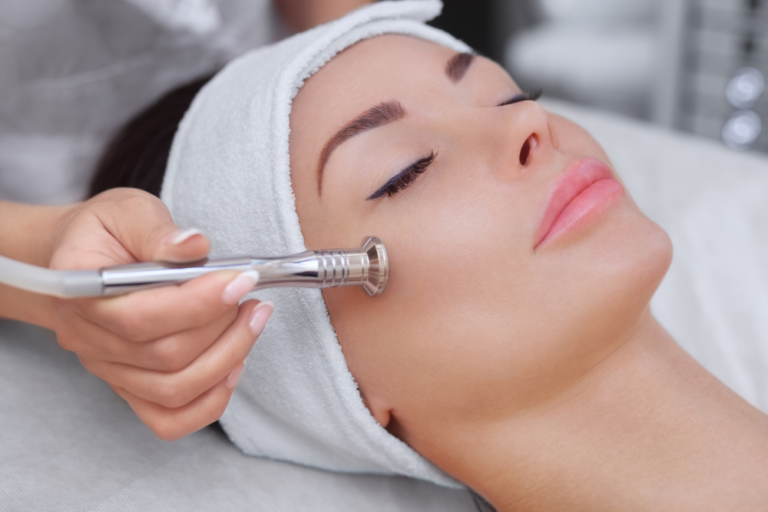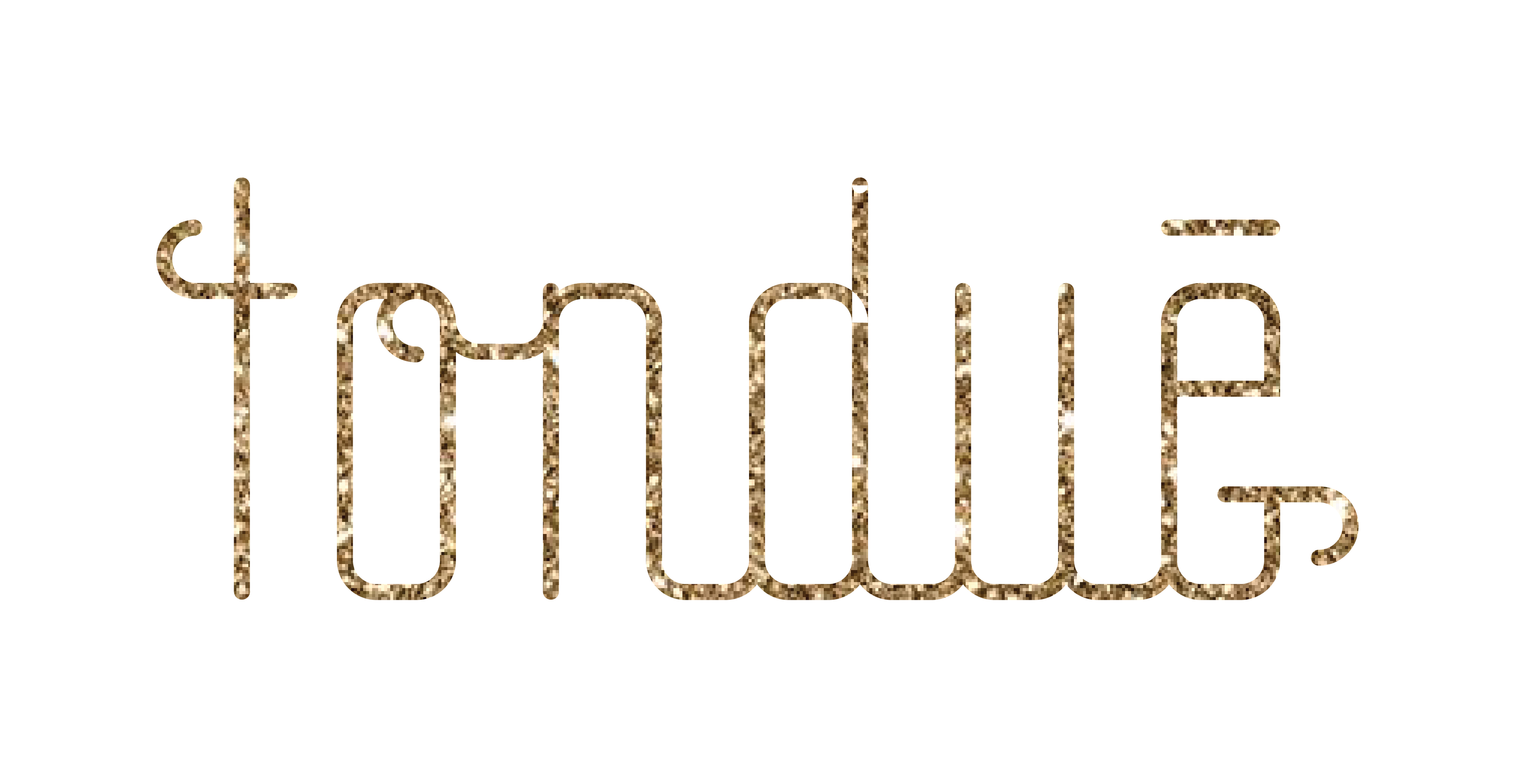CoolSculpting is a great tool for targeting specific areas of unwanted fat through a process known as fat freezing. This treatment can help eliminate those stubborn bulges that remain after weight loss efforts or prep your body for swimsuit season. At Tondue Medical Spa in Bay City, MI, we offer CoolSculpting to help you achieve a more contoured look.
Types of Fat Cells in the Body
The human body contains two primary types of fat cells: white adipocytes and brown adipocytes. White adipocytes store energy in the form of large fat droplets and are more prevalent in the body. Brown adipocytes generate heat and are primarily found in newborns and hibernating mammals.
Fat cells, or adipocytes, store energy for future use. They also help insulate the body and protect vital organs from physical shock. Fat cells also release hormones that regulate metabolism and hunger.
How Fat Cells Accumulate
Fat cells accumulate when the body takes in more calories than it burns. Excess calories are converted into triglycerides and stored in adipocytes. Over time, if calorie intake consistently exceeds expenditure, the number and size of fat cells can increase.
Genetics are part of what determines where and how much fat is stored in the body. Hormonal changes, particularly those involving insulin and cortisol, also influence fat storage. Lifestyle factors such as diet, physical activity, and sleep patterns further impact how fat is stored.
Fat tends to accumulate in specific areas of the body based on these genetic and hormonal factors. Common areas for fat accumulation include the abdomen, thighs, hips, and buttocks. This distribution can vary widely between individuals.
The Difference Between Subcutaneous and Visceral Fat
Subcutaneous fat lies directly under the skin and is the most visible type of fat. Visceral fat is stored deeper within the abdominal cavity, surrounding internal organs. Visceral fat is often linked to more severe health risks compared to subcutaneous fat.
Male and Female Differences in Fat Distribution
Men typically store more fat in the abdominal area, resulting in an apple-shaped body. Women, influenced by higher estrogen levels, tend to accumulate fat in the hips, thighs, and buttocks, leading to a pear-shaped body. These differences are linked to reproductive roles and hormonal profiles.
The Challenges of Fat Reduction
Achieving fat reduction can be challenging due to the body’s natural tendency to maintain fat stores for energy. Diet and exercise are essential but may not always target specific areas of concern. For stubborn fat deposits, a fat reduction treatment like CoolSculpting can offer a non-surgical solution to help eliminate these problem areas.
What Is CoolSculpting?
CoolSculpting is a non-invasive fat reduction method that employs controlled cooling to target and eliminate stubborn fat cells. This treatment targets specific areas of the body where fat tends to accumulate despite diet and exercise. By freezing fat cells, CoolSculpting can help contour your body and refine your shape.
How Does CoolSculpting Work on Fat Cells?
CoolSculpting works by applying cooling at precise temperatures to destroy fat cells without hurting your skin or muscles. This process, known as cryolipolysis, works because fat cells die at warmer temperatures than other tissues. The cold temperatures cause fat cells to crystallize and eventually die. Gradually, the body metabolizes and removes these dead cells, leading to a decrease in fat in the treated area and enhanced body contouring.
What Types of Fat Cells Does CoolSculpting Target?
CoolSculpting targets subcutaneous fat cells, which are located just beneath the skin. These are the cells responsible for visible bulges and stubborn fat deposits. By focusing on subcutaneous fat, CoolSculpting can effectively enhance body contouring and help achieve a more sculpted appearance.
The CoolSculpting Process
Assessing Suitability
Ideal candidates for CoolSculpting are those with a Body Mass Index (BMI) within the normal to slightly overweight range. Individuals with pinchable fat that can be pulled away from the body are suitable for this treatment. Common target areas include the abdomen, thighs, flanks, and under the chin. CoolSculpting is not a weight loss solution but rather a body contouring treatment for specific areas of stubborn fat.
Your First CoolSculpting Treatment Session
During your first CoolSculpting session, a trained specialist will assess your target areas and develop a personalized treatment plan. The treatment involves placing a cooling applicator on the desired area where it will remain for about 35 to 60 minutes. One CoolSculpting benefit is that the process is relatively comfortable, allowing you to relax, read, or even nap during the session.
After Your CoolSculpting Treatment
Following your CoolSculpting treatment, you may experience mild redness, swelling, or tenderness in the treated area that resolves within a few days. As your body processes and eliminates the dead fat cells, you will begin to notice gradual improvements in the treated area, leading to noticeable CoolSculpting results over the next few weeks to months.
Additional CoolSculpting Treatments
Depending on your individual goals and the amount of fat reduction desired, additional CoolSculpting treatments may be recommended. Some patients achieve their desired results with just one session, while others may require multiple treatments for optimal CoolSculpting results. During follow-up appointments, your specialist will evaluate your progress and adjust the treatment plan to help you achieve the best possible outcome.
Learn More About CoolSculpting With a Consultation in Bay City
CoolSculpting offers a non-invasive solution for body sculpting, targeting stubborn fat areas that resist diet and exercise. By freezing fat cells, this treatment can help you achieve a more contoured and refined physique. To learn more about CoolSculpting at Tondue Medical Spa in Bay City, MI, or to schedule your consultation, contact us at (989) 598-8001 or fill out our online form today.




